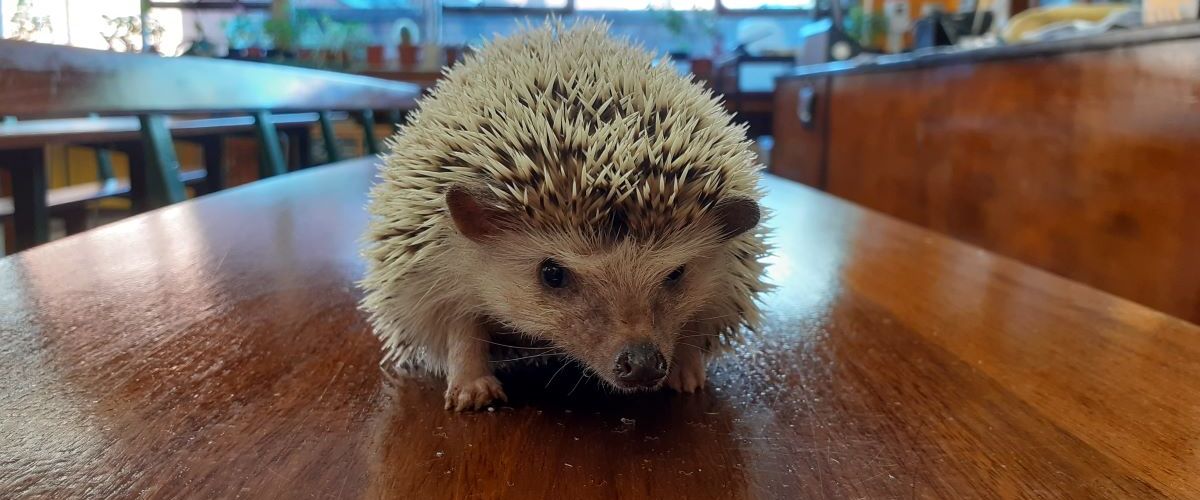

The Science of Life
A high proportion of biologists at Winchester go on to study biology-related subjects at university. To complement their formal studies, there are very active natural history and medical societies. Biology and Natural History have a distinguished past at the school, from the Victorian collections of flowers and insects, to the ecological and evolutionary studies of WH Dowdeswell, to the current progression into molecular genetics.
Our philosophy for the learning of Biological Science is to bring it to life where possible. Using real examples in the classroom brings the 'Science of Life’ to life and makes it much more tangible and stimulating than just theoretical learning.
To this end the department keeps an extraordinarily diverse collection of exotic animals. On display are two snakes, a chameleon, frogs, toads, lizards, axolotls, many fish, crayfish, tarantulas and a centipede. There are also giant millipedes, scorpions, hissing cockroaches, giant snails and nine species of stick insect. Several Natural History Society boys also keep their own examples of interesting organisms in the department.
The pupils regularly dissect organs of cows, deer, sheep and pigs in practical lessons and the Dissections Club. This, combined with a programme of specialist trips and visits by experts, deepens understanding and helps enthuse pupils.
One recent trip to Southampton General Hospital involved fourth-year boys exploring the bio-imaging unit and the histology pathology department. In the bio-imaging unit, the boys saw samples being prepared and were able to observe what an extremely skilled process this involves. They then tried preparing sections themselves using a special microtome, which can produce sections just 50 nanometres thick using a diamond knife.
Later in the pathology department the boys saw various stages of dissecting and preparing patient samples from surgery and biopsies. They watched breast tissue being dissected to remove cancerous tumours, as well as a prostate gland, a testicle and some lung tissue. The dissected tissue samples were then fixed by replacing the water with paraffin wax.
The wide range of independent projects that pupils choose to pursue is testament to the depth of their personal interest in the subject. Recently, some top year pupils designed and built a gene gun to genetically engineer bacteria to glow in UV light. Another group is investigating oxidative stress in cancer cells, using Vitamin C as a potential treatment. The next logical, and necessary, priority for independent projects is our climate and environment.

 Head back to stories
Head back to stories